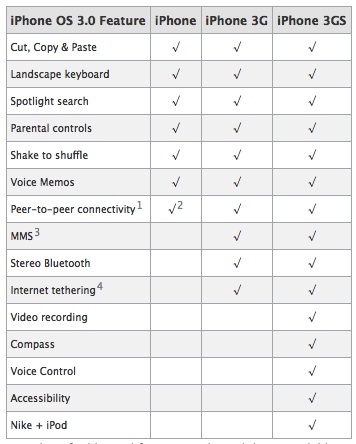That we had to wait two years for the iPhone’s text selection and pasteboard is a good example of one aspect of the Apple way: better nothing at all than something less than great. That’s not to say Apple never releases anything less than great, but they try not to.2 This is contrary to the philosophy of most other tech companies — and diametrically opposed to the philosophy of Microsoft. And it is very much what drives some people crazy about Apple — it’s simply incomprehensible to some people that it might be better to have no text selection/pasteboard implementation while waiting for a great one than to have a poor implementation in the interim.
via Daring Fireball: Copy and Paste.
Better late and completely awesome than early and epically retarded, right?
Right?!
I’d actually go so far as to say that Apple made the decision not to release copy and paste until now, iPhone haters be damned. If it’s worth doing, it’s worth doing well, and that applies to the iPhone just as it applies to any other mainstream consumer electronics device. And they do say that imitation is the sincerest form of flattery, eh Palm?
Even with all of 3.0’s numerous improvements, it’s hard to think that this shouldn’t have been the OS that shipped with the device back in 07. People have commented that iPhone OS 3.0 should have been there from the start – but look where we’ve come! That, ladies and gentlemen, is progress in it’s finest form.
Nice work, Apple. Kudos.



